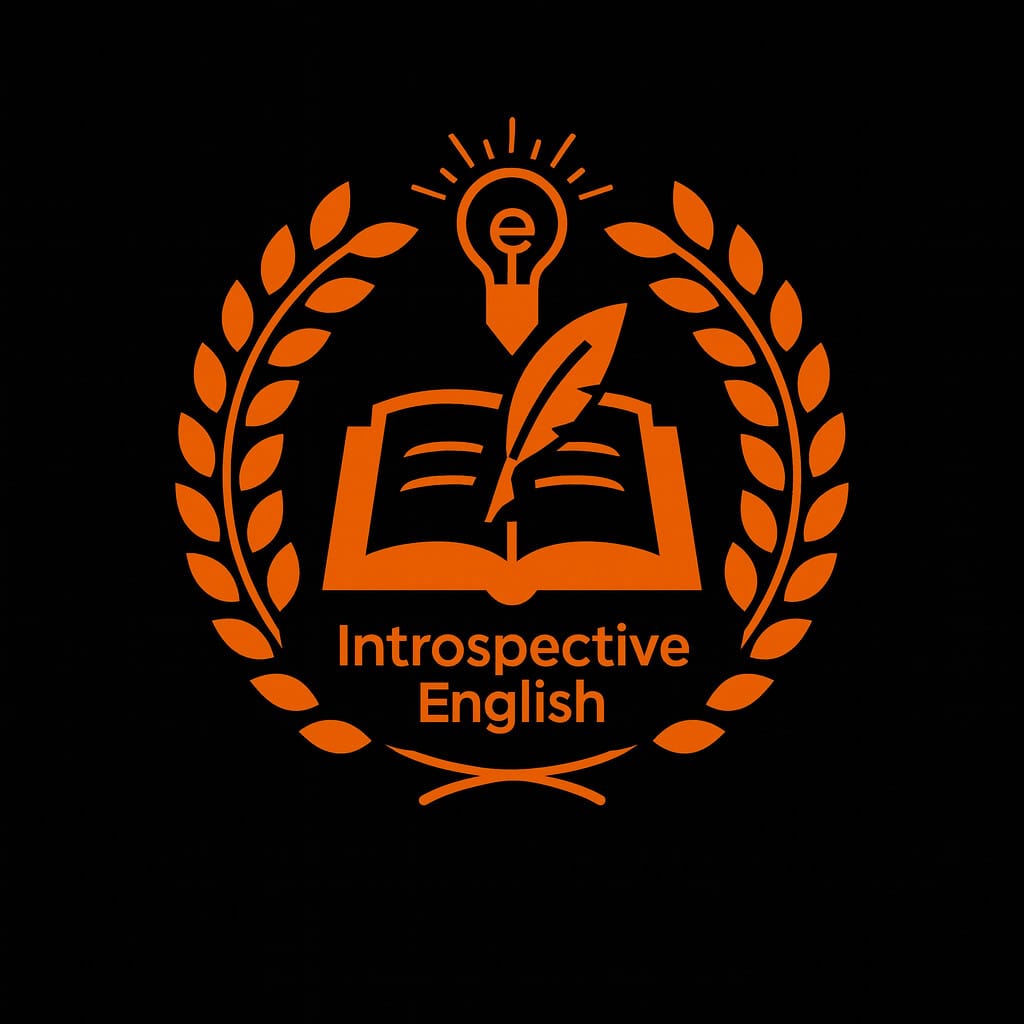Email:learnwith@introspectiveenglish.com
Physical address:
Durgapur, India


Prepare, Practise and Participate

Prepare, Practise and Participate

⮚ The prose is written speech that is knitted by sentences and paragraphs. It always follows an appropriate grammatical structure along with a natural flow. It can tell a story, narrate any incident or analyse an issue.
There are various types of prose on the basis of writing styles, and the author’s emotion and feelings towards the subject he writes. The author’s writing styles depend on his choice of words, arrangement of sentences to structure his content, and figurative and ornamental language which build meaning and mood in the prose.
Fictional prose is a piece of written speech that the author writes out of imagination to take his readers to another world. It can also make the readers live in different times and situations. It includes novels, short stories, and novellas. Example: ‘The Disk’ by Jorge Luis Borges is fictional prose.
Non-fictional prose is a piece of written speech that the author writes to analyse real-life events and persuade the readers to a specific direction. It includes essays, biographies, journals, memoirs, etc. Example: ‘Science and Religion’ by Albert Einstein is a non-fictional prose.
Prose poetry is a piece of written speech that is a combined element of prose and poetry. It does not follow any kind of rhyme and meter of poetry but uses poetic devices such as metaphors, similes, symbols, and vivid imagery.
Scientific prose is a piece of written speech that is associated with scientific and technical issues. It analyses new findings, and complicated concepts, and provides detailed analysis on a wide range of subjects in a formal way.
Autobiographical prose is a piece of written speech in which the author describes his own life, emotions, and experiences. It is the personal insights and reflections of the author. It includes autobiographies, diaries, journals, and personal essays. Example: ‘Debut on Stage’ taken from My Autobiography by Charlie Chaplin.
When the author or any character in the prose tells about himself or narrates the entire story, it is known as the first-person point of view. Example: The Sundarbans Inheritance by Bittu Sahgal.
When the author talks about the readers and uses the personal pronoun ‘you’, it is known as the second-person point of view.
When the author talks about others without being engaged with the readers in the entire story, it is known as the third-person point of view. Example: Through the Tunnel by Doris Lessing.
When the author knows everything about the story from the beginning, the narrator is known as an omniscient narrator. Example: The Man with the Scar by Somerset Maugham.
Besides the point of view, another important thing that plays an important role in prose is the approach of the author. The author’s standpoint towards an issue or subject is known as the approach. Sometimes his approach can be subjective or sometimes objective.
Subjective Approach: When the author deals with his personal beliefs and feelings.
Objective Approach: When the author presents facts, events, and arguments without personal attachment.
Q1. What is prose in English literature?
Prose in English literature is a form of written or spoken language that follows natural grammatical structure and sentence flow, without the formal metrical structure of poetry.
Q2. What are the main types of prose?
The main types of prose include fictional prose, non-fictional prose, prose poetry, scientific prose, and autobiographical prose.
Q3. What is fictional prose with an example?
Fictional prose is imaginative writing such as novels and short stories. For example, The Disk by Jorge Luis Borges.
Q4. What is the difference between subjective and objective approach in prose?
A subjective approach reflects the author’s personal feelings, while an objective approach presents facts and events without personal bias.
Q5. What is point of view in prose writing?
Point of view refers to the perspective from which the story is told—first-person, second-person, third-person, or omniscient.
Share this content: